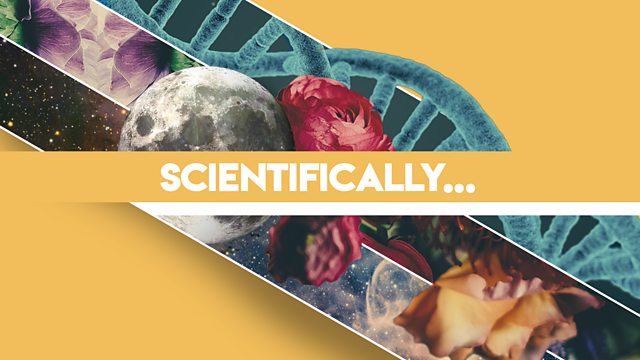Genetic Dreams, Genetic Nightmares - Episode 1
Fifty years ago, as scientists attempted the first experiments in genetic engineering, other researchers sounded the alarm. Matthew Cobb talks to the founders of the GM age.
Biologist Matthew Cobb presents the first episode in a series which looks at the fifty year history of genetic engineering: from the concerns around the first attempts at combining the DNA of one organism with the genes of another in 1971, to today’s gene editing technique known as Crispr.
The first experiments to combine the DNA of two different organisms began at Stanford University in California in 1971. The revolutionary technique of splicing genes from one lifeform into another promised to be a powerful tool in understanding how our cells worked. It also offered the prospect of a new cheap means of manufacturing life-saving drugs – for example, by transferring the gene for human insulin into bacteria, growing those genetically engineered microbes in industrial vats and harvesting the hormone. A new industrial revolution based on biology looked possible.
At the same time some scientists and the public were alarmed by disastrous scenarios that genetic engineering might unleash. What if microbes engineered with toxin genes or cancer genes escaped from the labs and spread around the world?
In early 1974, responding to the public fears and their own disquiet about how fast the techniques were developing, the scientists leading this research revolution called for a global moratorium on genetic engineering experiments until the risks had been assessed.
This was followed by an historic meeting of 130 scientists from around the world in February 1975 in California. Its purpose was to decide if and how the genetic engineering research could be done safely. It was a rancorous affair but the Asilomar conference is held up as an idealist if imperfect example of scientists taking responsibility as they developed a powerful new technology.
First broadcast on Tuesday 20 July 2021.
Podcast
-
![]()
Scientifically...
Home of the best science programmes from ����ý Radio 4.


